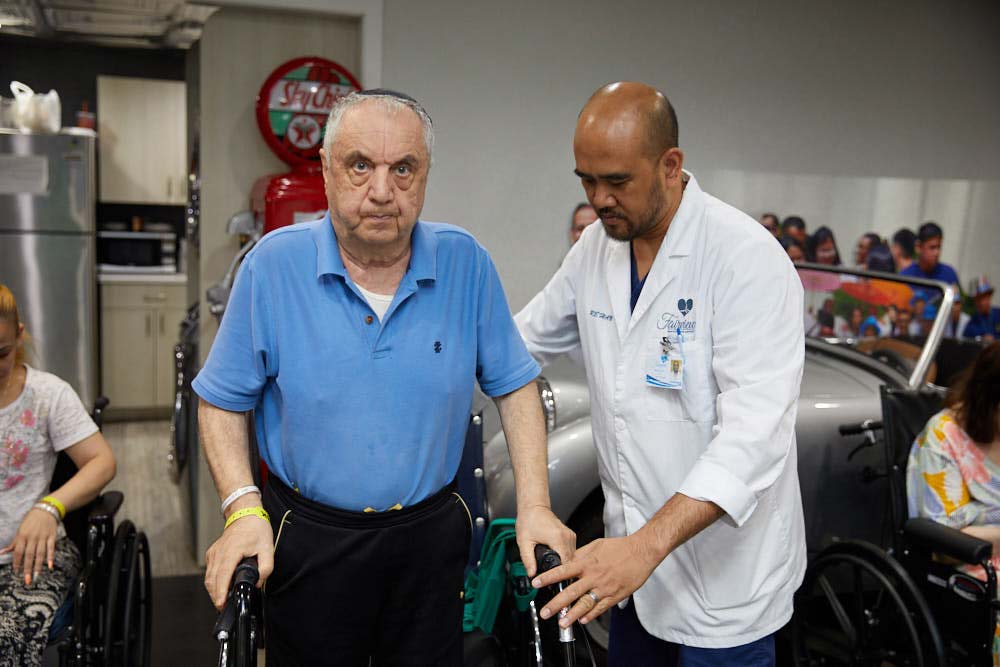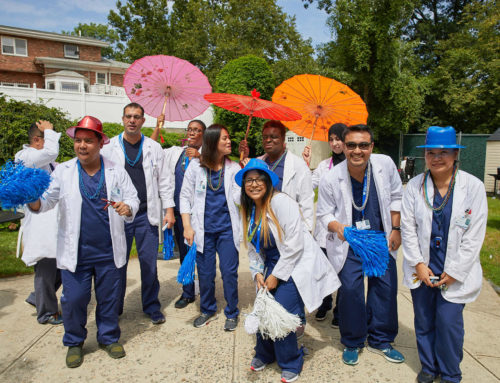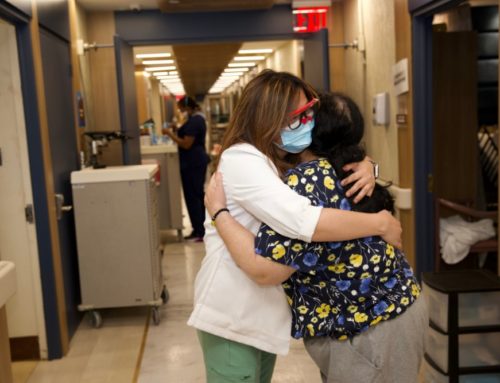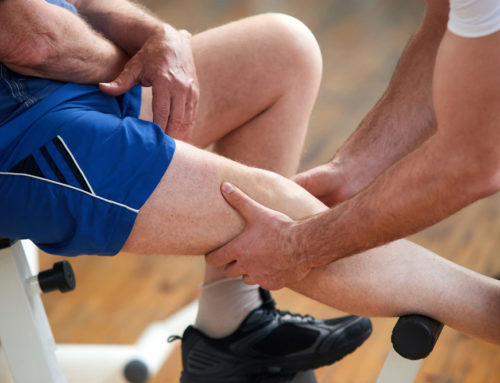Reduce the Chances of Complications After Joint Replacement
There are several different types of joint surgery, including hip, knee, shoulder, wrist, and ankle. Regardless of which one you require, some rehabilitation time will be required before you’re back to normal. This will reduce the chances of complications after joint replacement, like blood clots, infections, or damage to your new joint.
When it comes to joint replacement rehab, there are both inpatient and outpatient options available, depending on your needs.
Though this therapy program is important after joint replacement surgery, you do need to take it slow. Some activities are encouraged while several others should be avoided. Also, some activities could cause too much strain on the healing joint, resulting in pain or damage to the area. The following activities will likely be the ones your will be recommended to avoid.

Reduce the Chances of Complications by Avoiding These
Joint replacement involves replacing a damaged joint with a new artificial one. Regardless of which joint you’re replacing, there will be some joint replacement rehab necessary. Even if you are able to leave the hospital the day of the surgery, there is some recovery time needed. This could last from several weeks to a few months, depending on the procedure.
- Avoid lifting anything heavy during your rehab
One activity that you should avoid during joint replacement rehab is heavy lifting. This includes at home as well as at work. This is because putting too much weight on the joint causes unnecessary stress to the area.
Those who have had hip, knee, or ankle surgery will likely require a walker or crutches. This prevents you from putting too much weight on the affected area.
- Avoid doing anything that can cause complications
It will also be recommended that you avoid some physical activities, like:
- Climbing stairs
- Running
- Other contact sports.
- Avoid sitting for too long
Sitting for too long is another activity that isn’t recommended during joint replacement rehab. Doing so increases the chances of a blood clot, which could lead to serious consequences. Prolonged sitting can also interfere with fluid drainage in your lower legs, which could increase swelling.
That’s why it is important to limit how much time you spend sitting to 45 to 60 minutes. If you must sit for longer, be sure to prop up your leg to reduce swelling as much as possible.
Don’t rush to resume normal activities too early
Though you may want to get back to your normal activities, this isn’t a good idea right after joint surgery. It takes time for your body to heal and your strength to return. That’s why it’s important to take even the simplest tasks slowly.
You can begin with the specific exercises recommended by your physical therapist. Walking with the aid of your walker or crutches is also encouraged, though only for short distances at first. You may even be able to do some light chores. Your doctor will let you know when you can safely resume your other regular activates.
Physical therapy will be required to help you regain your strength and mobility after surgery. Your doctor will help you decide the best options, depending on your condition.
We also like to talk to your loved ones to make sure they are in the picture, too. This is especially important if you are an outpatient, as they can then offer you advice and support as well.
This article contains informational and educational materials and does not replace health or medical advice. For questions or concerns regarding your medical condition or health objectives, speak to a qualified physician or healthcare provider.






Leave A Comment